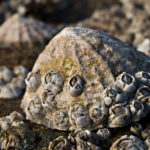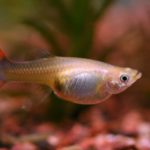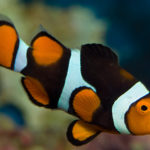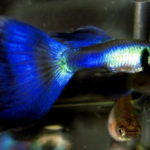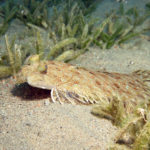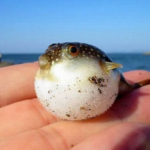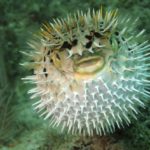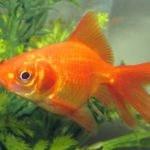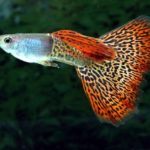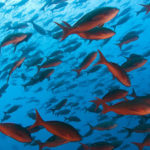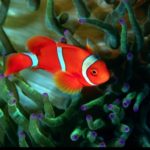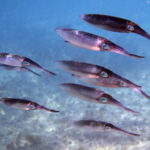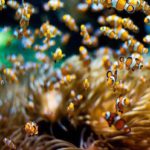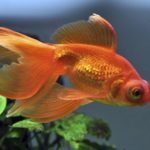Badis Badis
 For the first time as the aquarium fish Badis badis or chameleon fish was introduced in 1904 and Hamburg. After that, badis was never particularly popular. However, the chameleon fish patiently waited its time, and in the end became a regular in almost any aquarium where it swam calmly and was engaged in its simple business.
For the first time as the aquarium fish Badis badis or chameleon fish was introduced in 1904 and Hamburg. After that, badis was never particularly popular. However, the chameleon fish patiently waited its time, and in the end became a regular in almost any aquarium where it swam calmly and was engaged in its simple business.
And then completely became one of the most beautiful and flowery aquarium fish.
The ability to change its color led to the fact that experts christened the fish a chameleon – depending on the mood, age and environmental conditions, badis changes colors so much that it can not be described. The colors of young fish, which can usually be seen in pet stores, are usually plain-looking, from yellow to clay-brown with 6-10 transverse stripes – with such a color it is difficult to count on universal love and, therefore, demand!
However, adult males are a completely different matter! In the literature, they are described as “fish whose body color can vary from light pink to red and even burgundy to dark brown; the transverse stripes of these fish are much darker.
Individual individuals can “work” in individual tones, such as green, red, yellow or even black with a lacquered sheen. The lateral line can have any shade of red, its edges are usually golden. The color of the fins can range from yellowish green to dark blue. On the dorsal fin, there are often red or green longitudinal stripes, the edges of the front of which are dark pink in color. The incredible complexity of describing the color of these fish is related to their ability to change colors and color patterns consciously, depending on environmental conditions and their own mood.
The colors and coloration of females are similar to the unpretentious colors of young fish. All of the above is a set of descriptions gleaned from the literature. Personally, when I last held these fish, I did not notice either a lot of shades or a sharp change in color, which experts write about. My males were mostly bluish-black with a bright blue tint of the body and with yellowness and blue on the back. Females were usually brown or light brown in color with significantly darker transverse stripes.
The main difference between the sexes is that the males have a belly in the bacillus, as if they are very poorly fed, while the females give the impression of having a solid dinner of fatties. In addition, males have a much more developed dorsal fin. The maximum size of these fish reaches about 8 cm. The body is slightly flattened from the sides, and at first glance the badis is easily confused with scichlids. However, although badis is usually classified as a member of the Nandidae family (leaf fish), its relatively small mouth does not attack prey from underwater caves, which is famous for its representatives.
Due to this, a separate subfamily (Badinae) was invented for badis – a club of which only badis is a member, although experts often try to impose two more relatives on it, badis siamensis (B. b. Siamensis) and badis-birmanicus (B. b. burmanicus).
The male chameleon fish leads a territorial principle, so it’s nice to place flower pots in the aquarium or equip caves in it so that each male can focus on his own territory. If a single aquarium contained several badises, plant as many plants as possible, and the maximum number of these fish should not exceed four. If you put not only badises in the aquarium, then, despite the underwater thickets and the abundance of caves, more active and mobile males will provoke fish to fights, which, as a rule, leads to serious injuries of badises.
